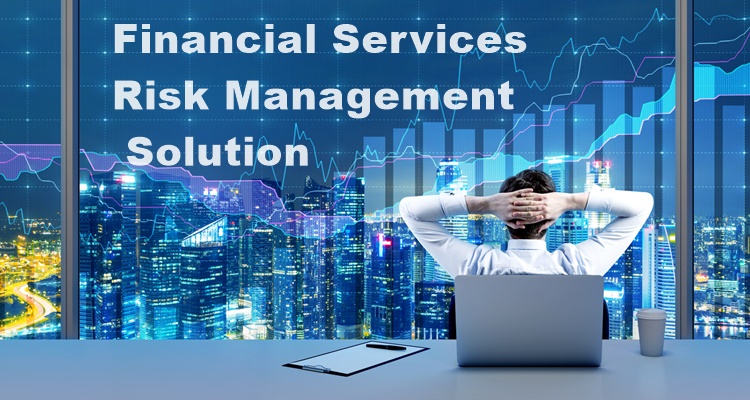In the hypercompetitive world of the finance industry, one thing that banks should have full oversight of is their risk. While risk is impossible to avoid in any industry, it takes on a particularly complex nature in the arena of banking. Banks that are not proactive about their financial risk analysis and risk management may soon be doomed to greater losses than they anticipated. Worse yet, said banks may age in obsolescence among today’s demanding banking customers.
To improve your own bank’s awareness and resilience over various types of risk (such as credit risk, market risk, liquidity risk, and business risk), it’s best to look into a new financial services risk management solution. Such a solution could prove to be a worthwhile investment for your bank’s risk management practice, especially in the related areas of security, compliance, assurance, and fraud prevention.
But what separates an effective solution from one that could be nothing more than a money drain? How can you tell if a certain technology investment may actually end up becoming an added source of risk to your bank? Find the right software to level up your bank’s risk management abilities by looking for these six key characteristics:
Risk Management Data Consolidation via a Single Source of Truth
In the parlance of information technology, having a single source of truth means aggregating all of an organization’s data into a single streamlined location.
The fulfillment of this principle is particularly important in risk management because separate areas of financial risk all play into the organization’s overall risk situation. You will want a solution that not only does away with silos in risk aggregation, but also consolidates your organization’s risks in real time. These features will ensure that you have a three-dimensional view of your risk before making any major decisions about your bank’s risk response.
Intelligent Risk Monitoring and Analysis
The larger your organization grows, the more voluminous and complex its risk data will be. Conversely, methods like periodic risk analysis will become less effective as your bank expands its business operations. To protect your bank for the long term, you’ll want to invest in a solution with advanced machine learning capabilities for risk monitoring and analysis.
By deploying artificial intelligence technologies that can consistently monitor trends in your risk data and “learn” from them, you will be able to get the best handle on the dynamic nature of your organization’s financial risk. Such technologies are now less expensive and less difficult to use than ever before, so even a small or mid-sized bank can consider implementing them.
Advanced Configuration for Different Types of Risks
Your old risk management system likely subscribed to a one-size-fits-all approach to calculating and consolidating risk. However, the future of risk management in such a variegated industry depends on a bank’s ability to sort through different types of risk and address them in a highly customized manner.
With that in mind, your risk management solution must be configurable so that your bank can adjust to many different types of risk scenarios. Even when overseeing a large number of risk metrics with different criteria, your solution shouldn’t buckle under the weight. It should, instead, serve as an asset for planning diverse and uniquely effective risk responses.
Airtight IT Security and Implementation of Separation of Duties (SOD)
Security risks like money laundering and other nefarious activities comprise a large chunk of your organization’s overall risk situation. While no bank may want to entertain the idea, such risks can also come from within the organization itself.
Knowing that, look for a solution that’s built on stringent security standards and role-based architecture that allows you to maintain separation of duties (SOD). Put simply, SOD prevents major fraud by not allowing any single person or department to be given sole access or excessive privileges to any parts of a bank’s system.
A Simple and Easy-to-Use Interface
Risk management is already a fairly complicated process to implement. That’s why you should also look for a solution that promises a straightforward user interface that won’t be hard for your staff to learn. An intuitive and navigable interface will save you time in training your staff, and it will ease the inevitable stress that comes with adjusting to any new technology.
The quicker you and your staff can be at navigating the solution to identify, analyze, and respond to risk, the more beneficial it will be to your company.
The Ability to Optimize Risk Management Costs
Lastly, for a risk management solution to be worth the large upfront investment it requires, it should be able to increase cost-efficiency for key risk management processes. This, in turn, will save your business a significant amount of money in the long run.
That said, don’t hesitate to seek more information from your software provider about the cost savings the solution has achieved for organizations like yours. Doing so will help you envision how much more optimized your risk management system can become.
The ideal outcome of onboarding a new financial services risk management solution is increased risk awareness and risk resilience across your bank’s departments and business units. If you can find a solution that possesses the six key capabilities listed above, you’ll be in a much more advantageous position to confront business risk. Who knows? You may even be able to capitalize on the business opportunities that come out of a sound risk management strategy.




